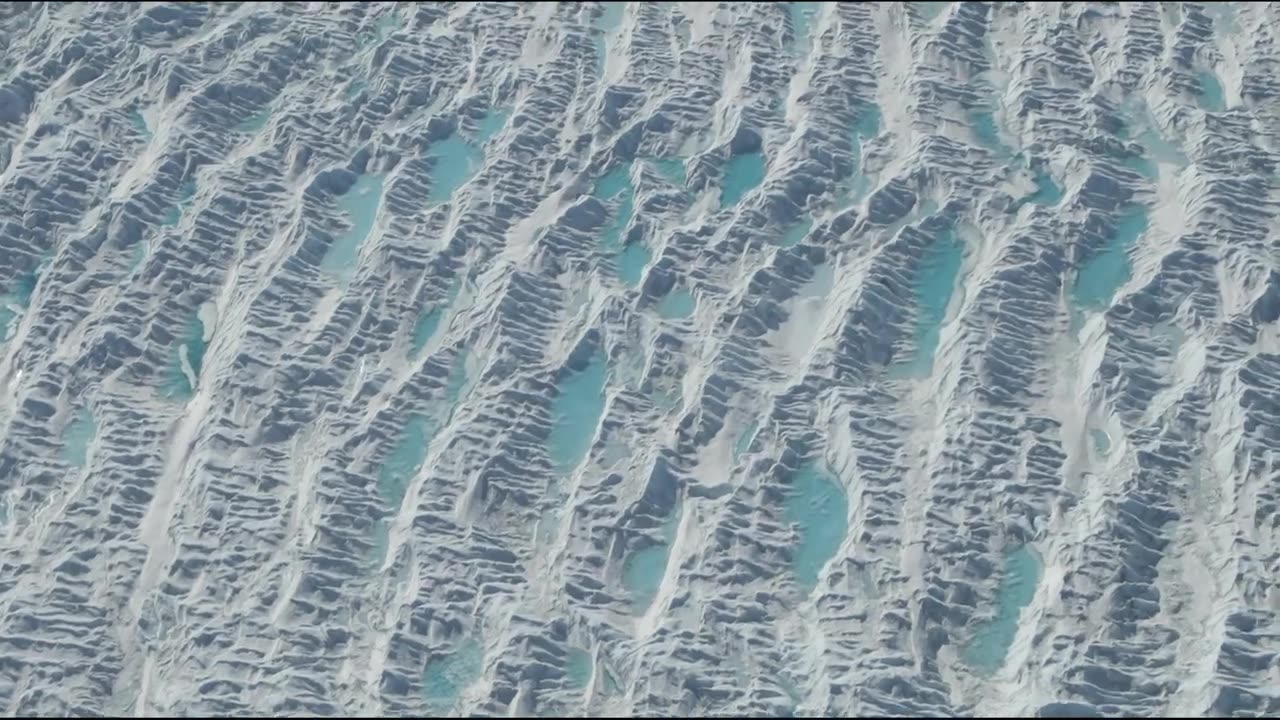Premium Only Content

NASA Explores Earth’s Connections
"NASA Explores Earth's Connections" seems to refer to a hypothetical or potential project, mission, or initiative by NASA that focuses on studying and understanding various interconnected processes and systems on Earth. While I don't have information on specific projects or initiatives beyond my knowledge cutoff date in September 2021, I can provide you with a general idea of how NASA has explored Earth's connections in the past and how they might continue to do so in the future.
NASA's Earth Science Division is responsible for studying our home planet and its interconnected systems, including the atmosphere, oceans, land, ice, and biosphere. This research is vital for understanding Earth's climate, natural hazards, and overall health. Here are some examples of how NASA has explored Earth's connections in the past:
Climate Change: NASA has been instrumental in monitoring and studying climate change by collecting data on temperature, greenhouse gases, and other key indicators. Satellite missions like the Earth Observing System (EOS) and the Orbiting Carbon Observatory (OCO) have helped scientists better understand the interactions between the atmosphere, oceans, and land in the context of climate change.
Earth System Modeling: NASA develops sophisticated computer models that simulate Earth's interconnected systems. These models help researchers predict how changes in one part of the Earth system can affect others. For example, changes in ocean temperature can impact weather patterns, and melting ice can contribute to sea-level rise.
Natural Hazards: NASA monitors natural hazards such as hurricanes, wildfires, and earthquakes using satellite observations. These observations provide valuable data for predicting and responding to disasters and understanding their broader implications.
Water Cycle: NASA's research into the water cycle involves studying the movement of water between the atmosphere, oceans, rivers, lakes, and groundwater. Understanding these connections is crucial for managing water resources and mitigating the impacts of droughts and floods.
Ecosystem Dynamics: NASA examines how changes in land use, deforestation, and urbanization impact ecosystems and biodiversity. Satellite imagery and remote sensing help scientists track changes in vegetation, land cover, and wildlife habitats.
Looking ahead, it's likely that NASA will continue to explore Earth's connections through innovative satellite missions, remote sensing technologies, and advanced computer modeling. The agency's ongoing commitment to understanding our planet's interconnected systems will contribute to our ability to address global challenges and make informed decisions for a sustainable future.
-
 LIVE
LIVE
TheAlecLaceShow
1 hour agoGuest: Rep. Andy Biggs | Trump’s New Travel Ban | KJP Book | Judge Blocks Trump | The Alec Lace Show
128 watching -
 48:25
48:25
The Rubin Report
2 hours agoEx-Press Sec Drops Major Unexpected Bombshell That No One Could Have Predicted
15K23 -
 LIVE
LIVE
LFA TV
16 hours agoLFA TV ALL DAY STREAM - THURSDAY 6/5/25
3,293 watching -
 13:22
13:22
Adam Does Movies
1 hour ago $0.15 earnedBallerina: From The World of John Wick - Movie Review
7.9K1 -
 LIVE
LIVE
Flyover Conservatives
12 hours agoHair Loss, Autoimmune, Parasites? Red Light Therapy May Be Your Miracle - Jonathan Otto | FOC Show
403 watching -

Grant Stinchfield
1 hour agoAI Power Grab - Congress Tries to Muzzle States as Tech Threat Grows Into New "Species"!
1.23K2 -
 LIVE
LIVE
The Mel K Show
2 hours agoMORNINGS WITH MEL K - Hunters Become the Hunted, Enemies Within Lawyer Up, Keep the Pressure On! 6/5/25
955 watching -
 LIVE
LIVE
The Dana Show with Dana Loesch
1 hour agoWATCH: Trump vs. Elon Musk | The Dana Show LIVE on Rumble - 06/05/25
342 watching -
 LIVE
LIVE
The Charlie Kirk Show
1 hour ago13 Years Of TPUSA + Battle for the BBB + Expel the CCP | 6.5.25
3,526 watching -

Blockchain Basement
1 hour agoGovernment Bitcoin Seizures BEGIN! (INSANE California Law EXPOSED)
8641